Affiliate disclosure: This post may contain affiliate links. Please see our Privacy Policy.
Quince wine turns lovely rose scented quince fruits into a fragrant wine. It’s a delicious way to use quince, and preserve it for year round enjoyment.
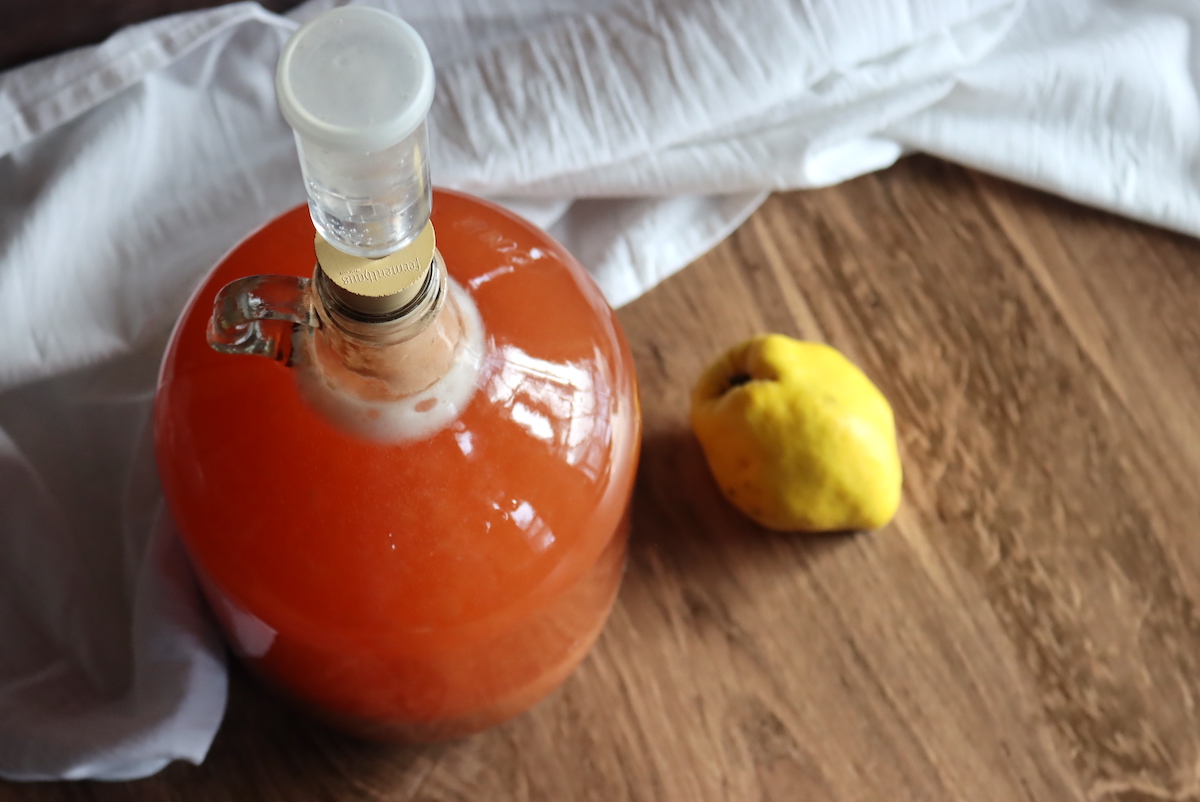
This past autumn we came across a few bushels of fresh quince and decided to make quince EVERYTHING!
Of course, we had to make membrillo, also known as quince paste or quince cheese. That’s how most people use quince because they’re high in pectin and require a long cook to develop its rosy flavor (and color).
Quince jam and quince jelly are also great options, again due to the high pectin and long cook time required.
I even tried canning quince slices, which are very much like canned pears in texture, but with amazing quince flavor instead. (And of course, that lovely pink color in the jar).
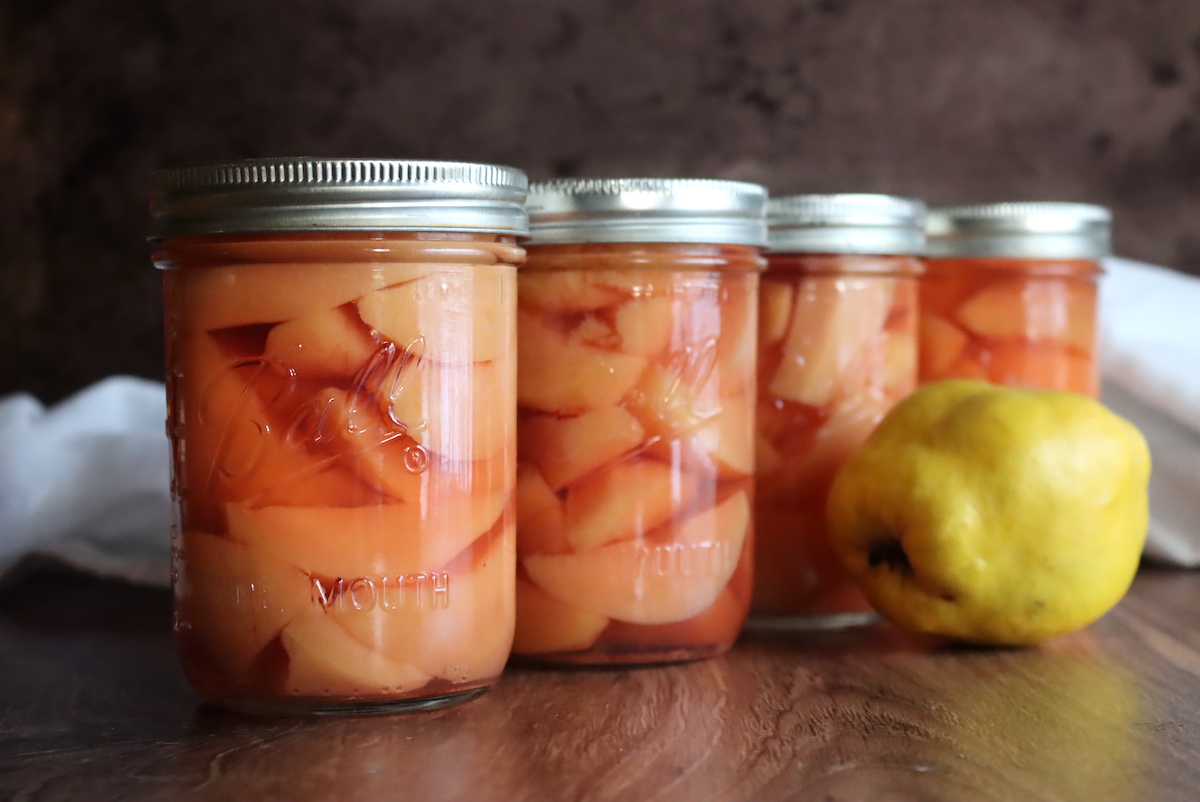
Since I was already making quince everything, I decided to try my hand at making quince wine as well.
We make a lot of homemade wines, and I already had pear wine and apple wine bubbling away in my basement. Quince wine seemed the perfect way to round out the autumn, with yet another vintage.
But how do you make quince wine?
They’re a very different fruit than apples or pears, and require different treatment and cooking to develop flavors. You can’t exactly juice them, they’re hard as a rock…and they don’t taste like anything until they’ve been simmered for around 45 minutes.
I pulled out my old time cookbooks for inspiration, as quince were commonly used historically, at least much more often than they are today.
I found a recipe from an 1805 cookbook called “The Art of Cookery Made Plain and Easy,” and then adjusted it to use modern ingredients and added a few things to suit modern tastes.
“Gather the quinces when dry and fully ripe; take twenty large quinces, wipe them clean with a coarse cloth, and grate them with a large grater or rasp as near the core as you can, but none of the core; boil a gallon of spring water, throw in your quinces, let it boil softly about a quarter of an hour; then strain them well into an earthen pan on two pounds of double-refined sugar, pare the peel of two large lemons, throw in and squeeze the juice through a sieve, stir it about till it is very cool, then toast a little bit of bread very thin and brown, rub a little yeast on it, let is stand close covered twenty-four hours, then take the toast and lemon, put it up in a keg, keep it three months, then bottle it. If you make a twenty-gallon cask, let it stand six months before you bottle it; when you strain your quinces, you are to wring them hard in a coarse cloth.”
In the end, I landed on a quince wine recipe that is very similar to apple wine, though the flavor will be quite different because quince is so aromatic. Quince also need to be cooked, and can’t be juiced raw, so the process is a bit different too.
The recipe starts with simmering the chopped fruit for about 45 minutes until they become rose-y and fragrant and then straining the fruit chunks from the liquid. (If you peel the quince before cooking, the strained chunks can be made into quince jam or quince butter.)
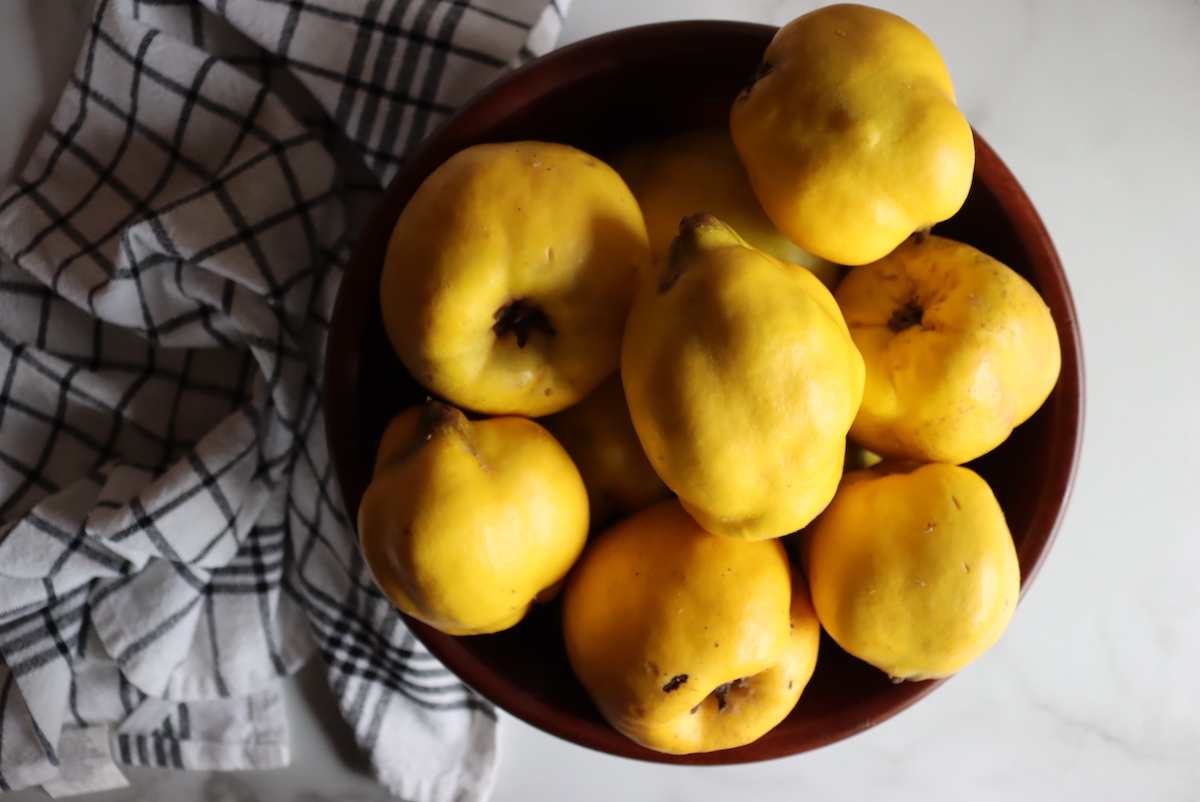
Ingredients for Quince Wine
Very similar to ingredients for making apple wine, with a few changes.
You’ll need a bit more sugar since you’re working with simmered fruit (instead of sweet fruit juice). You’ll also want a bit more pectic enzyme since you’re extracting a lot of pectin in the cooking process.
The tannin is optional, as quince have a bit of natural tannin, but I think it adds a nice balance and body to the finished quince wine.
- About 5 lbs quince (they vary from 1/2 to 1 lb each, so that’s 10-20 quince)
- 2 pounds cane sugar (about 4 cups), or 2 pounds honey to make mead
- 1 teaspoon yeast nutrient
- 1 teaspoon acid blend
- 1 teaspoon pectic enzyme
- 1/8 teaspoon wine tannin powder
- Wine Yeast, see note
- Optional ~ Campden Tablet and Potassium Sorbate for Stabilizing (I do not use these)
In the original recipe from 1805, they used lemons, which you can use in place of the acid blend if you so choose.
The “bread spread with yeast” was added both as a yeast source, since they had a yeast cake to spread on the bread, but also because the bread acted as yeast nutrient.
That type of yeast cake isn’t available to modern winemakers, but you can use packaged wine yeast instead. We’re using yeast nutrient instead of bread, as the bread is likely to mold as it floats in the carboy. A better alternative if you don’t have yeast nutrient is about 1/4 cup of raisins, ideally golden raisins as they’ll impact the flavor and color less than regular raisins.
The pectic enzyme helps break down the fruit pectin so the wine can clear. It’s optional but highly recommended. Without it, you’ll either have a cloudy wine or you’ll have to leave it in the carboy for 12+ months to allow the pectin to settle out.
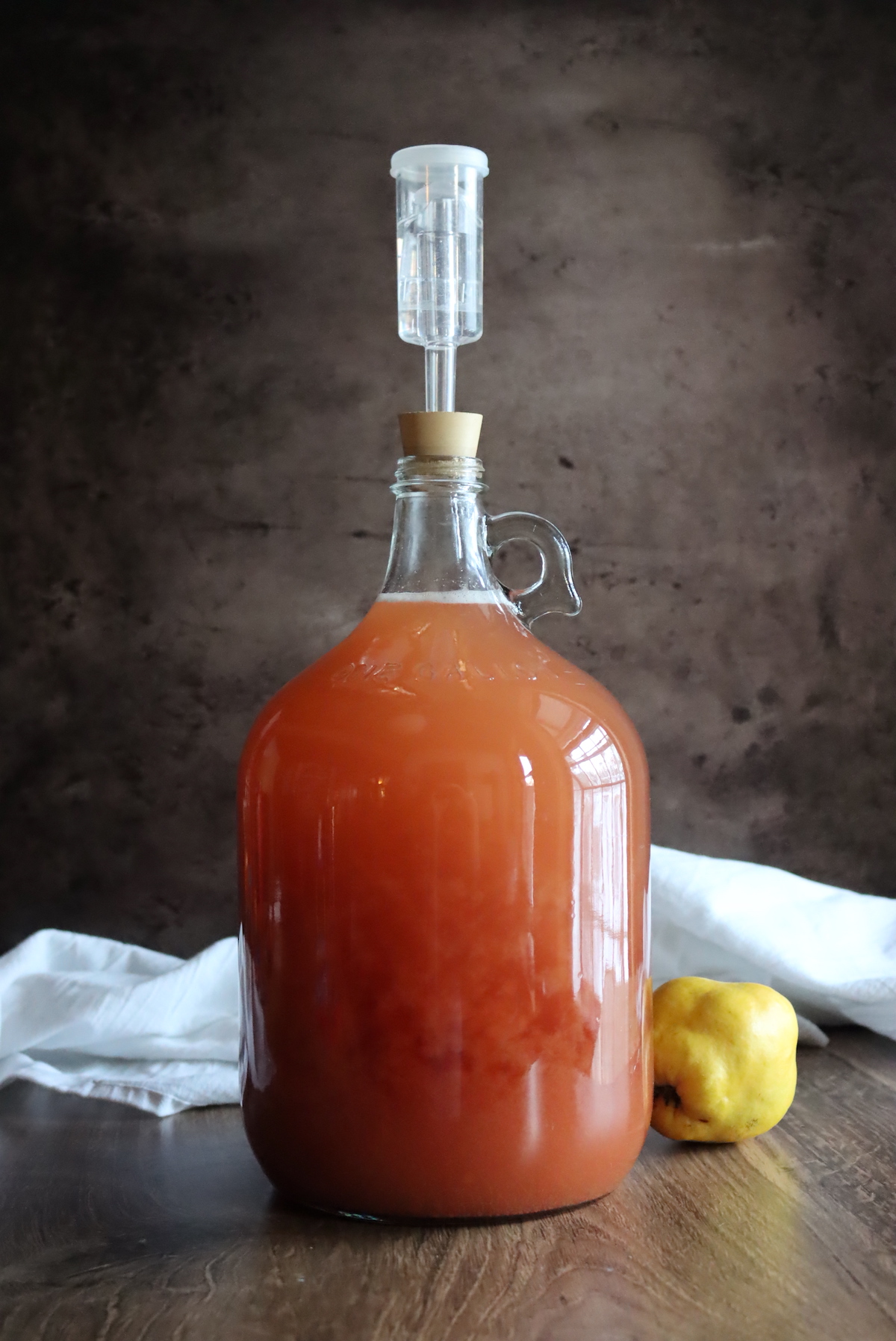
Yeast for Quince Wine
The yeast choice is quite important, as wine yeast contributes a lot of flavor to the finished brew. Do not use bread yeast, it’ll make your wine taste like bread.
The best choices for quince wine are the same as you’d use for pear wine, including:
Good yeast choices include:
- Red Star Premier Cuvee, Red Star Premier Blanc, or Lavin EC-1118 ~ Generally known as champagne yeasts, these are strong fermenters with a neutral taste. This yeast has a high alcohol tolerance (around 18%), and I’ve designed this recipe with enough sugar to feed this vigorous yeast and still leave some leftover residual sugars.
- Lavin D47 ~ Adds a strong fruity, floral character to wines with spicy aromas that would add complexity to apple wine. Only a moderately vigorous fermenter and may start slowly. Alcohol tolerance to 15%.
- Lalvin QA23 ~ Usually chosen for white wines because it adds a clean, fruity taste to the finished wine. Ferments quickly and settles out relatively fast to help clarify the wine. Alcohol tolerance to 16%.
Equipment for Making Quince Wine
For those who have made wine before, most of the necessary equipment will already be available. However, if you’re new to winemaking, here’s what you’ll need to get started:
- One Gallon Glass Carboy (x2): These narrow-neck fermentation vessels, commonly known as carboys, are essential for holding the quince wine while it ferments. You’ll need two carboys: one for the initial fermentation and a second to transfer the wine after 7-10 days to leave behind any sediment. They typically come with a rubber stopper and water lock in a winemaking kit.
- Rubber Stopper and Water Lock: The water lock is a one-way valve that lets carbon dioxide escape while preventing contaminants from entering the carboy. It’s a crucial part of the process, as without it, the wine is vulnerable to turning into vinegar during the secondary fermentation stage.
- Brewing Siphon: A siphon is used to transfer the wine from one container to another, ensuring you avoid disturbing the sediment that collects at the bottom. While you can pour the wine carefully without one, using a siphon is much easier and helps maintain clarity in the finished product.
- Wine bottles: For long-term storage, wine bottles are ideal. They allow the wine to age properly since corks breathe, improving the flavor of the quince wine over time. While you can also use beer bottles or flip-top Grolsch-style bottles for short-term storage, wine bottles are the best option for aging. Flip-top bottles are especially convenient because they’re reusable and come with attached caps, eliminating the need for a separate corker.
- Bottle Corker: If you’re bottling your wine in traditional wine bottles, you’ll need a corker to seal the bottles. Make sure to use new, clean corks for bottling. If using flip-top Grolsch bottles, no corking equipment is needed.
- Brewing Sanitizer: A no-rinse brewing sanitizer is a must to clean and sanitize all your equipment before use. This ensures that your wine doesn’t become contaminated by harmful bacteria (like acetic acid bacteria, which can turn your wine into vinegar) and results in a cleaner, more predictable fermentation process.
How To Make Quince Wine
Start by peeling and coring your quince. The peels and cores have the least flavor and the most pectin, so you don’t want them in the mix. Plus, since you’ll only be using the cooking liquid here, you can re-use the pulp if you peel and core the fruit before cooking.
Then chop the quince into pieces to help it cook a bit faster. It needs to simmer until it’s cooked through, fragrant and pink. Smaller chunks make this process a bit faster.
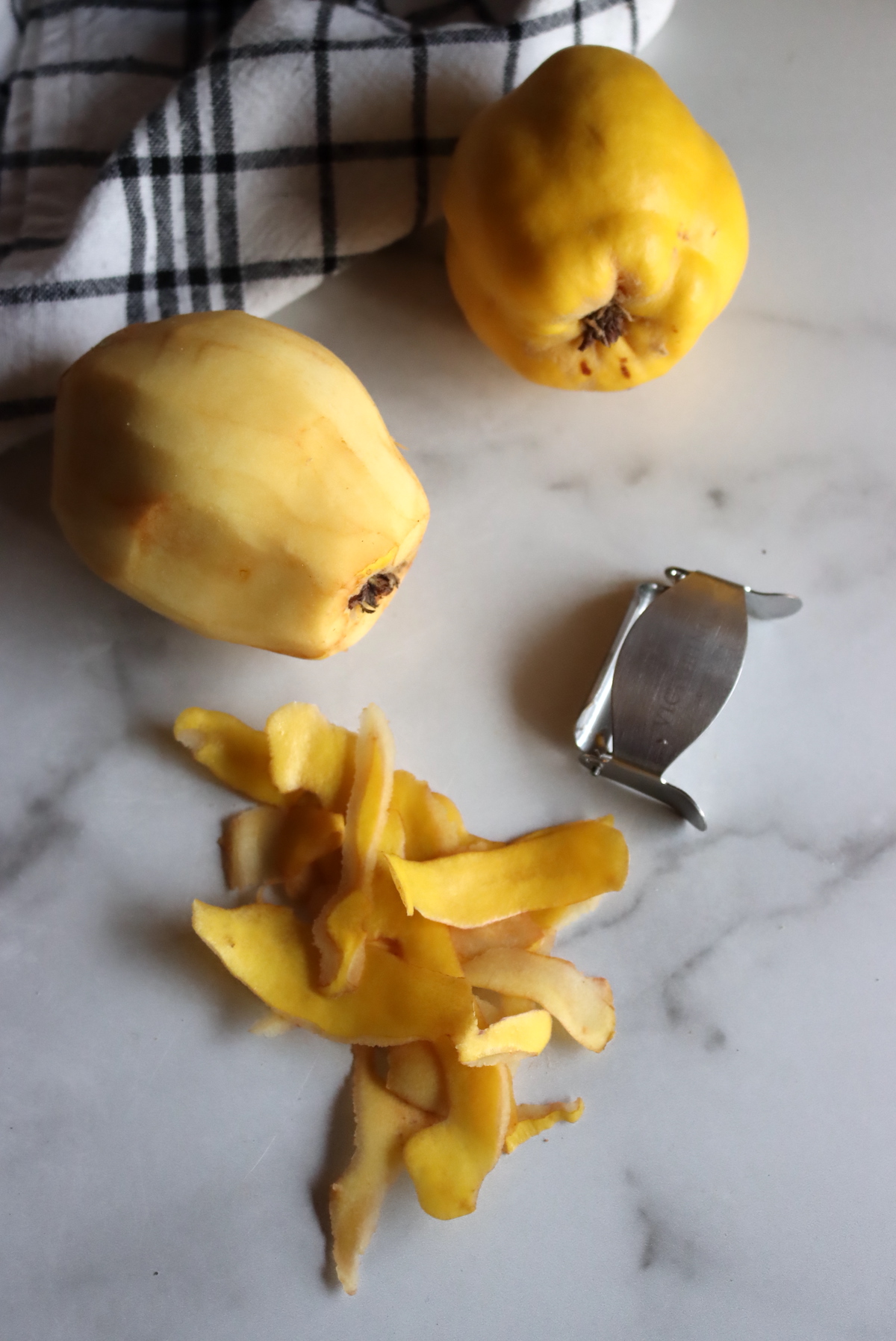
Next, place the quince in a large stock pot with about three quarts of liquid. Bring the mixture to a boil and simmer for about 30 to 45 minutes, until the quince is fragrant and the whole mixture turns pink (both fruit and cooking liquid).
Try not to stir the mixture during the cooking because you don’t want the fruit to fall apart and turn to jam. Keep adding liquid to keep the volume about the same.
Once the fruit is cooked, strain the mixture through cheesecloth and reserve the liquid. Ideally, you have around 3 quarts of liquid still since you’ve been adding liquid to keep the volume in the pot about the same (if not, you’ll have to add water to fill later).
Save the fruit chunks for making quince paste, quince jam or quince butter.
Mix the hot quince liquid with the other ingredients (except yeast). Add the sugar, yeast nutrient, acid blend, pectic enzyme and wine tannin (if using). If you’re using substitutes for these, use those instead (lemon juice, raisins, black tea, etc).
Stir to dissolve.
Just don’t add the yeast until the mixture cools completely. But once cool, dissolve the yeast packet in a small amount of water and then add in the yeast.
Place everything in a narrow neck carboy and seal it with a water lock.
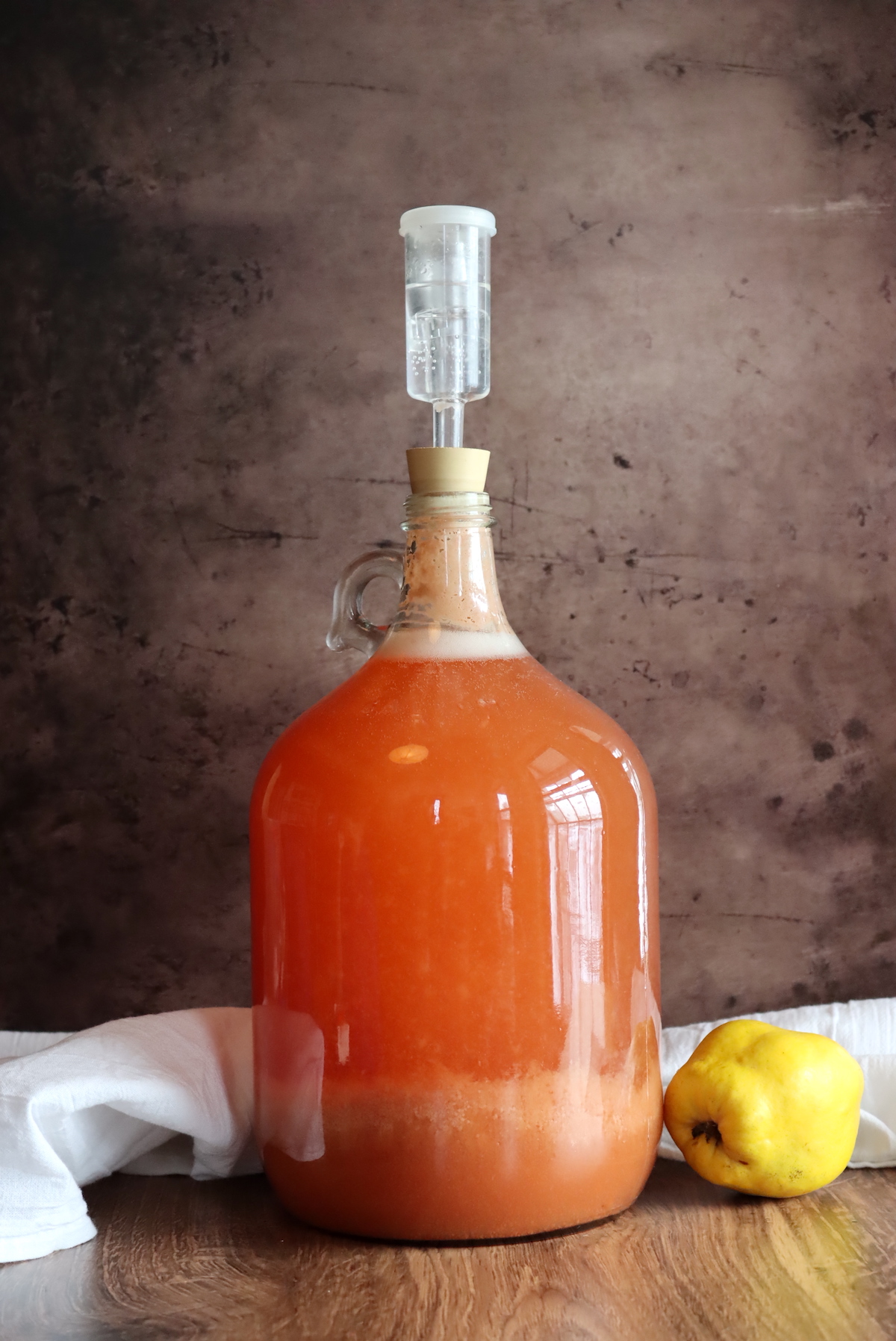
Allow the mixture to ferment at room temperature for about 7 to 10 days. Lots of pectin should settle out and the fermentation should be pretty active. This is called primary fermentation.
Once things slow down, use the siphon to rack the wine into a clean carboy, leaving the sediment behind. Fill with water, or apple juice, until the carboy is full to the narrow neck opening.
Replace the water lock and ferment for an additional 4 to 6 weeks.
Once fermentation is complete, bottle in wine bottles.
Bottle condition for at least two weeks, but preferably longer before drinking.
Quince Mead
To make mead, just substitute honey in place of sugar.
Honey is less digestible for yeast, so the mixture will need longer in secondary. Instead of 4 to 6 weeks, I’d suggest around 4 to 6 months in secondary.
Otherwise, the process and recipe are the same.
Quince Wine Variations
To bring out the rose-y flavor from the quince, you can add rose petals into the primary or a small amount of rose water into secondary. That’ll make the flavor similar to Rose petal wine.
I’ve also seen vanilla beans and lemon peel for flavorings, which work nicely.
Spiced quince wine with cinnamon, allspice, and star anise might be nice too, but be careful, they can turn a wine bitter left in too long. Better to make them into syrup and add them as strained syrup.
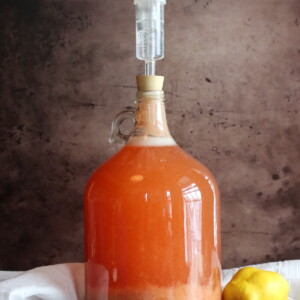
Quince Wine
Ingredients
- About 5 lbs quince, they vary from 1/2 to 1 lb each, so that's 10-20 quince
- 2 pounds Sugar, about 4 cups, or 2 pounds honey to make mead
- 1 teaspoon yeast nutrient
- 1 teaspoon acid blend
- 1 teaspoon Pectic Enzyme
- 1/8 teaspoon tannin powder
- wine yeast, see note
Instructions
- Peel and core the quince, then coarsely chop into 1 to 2'' chunks.
- Add 3 quarts of water to a large stock pot, and then add the quince chunks.
- Simmer the water for 30 to 45 minutes, until the quince turns rose colored and fragrant. Avoid stirring to keep the fruit intact, and keep adding boiling water to keep the liquid level the same.
- Strain the mixture through a double layer of cheesecloth, reserving the liquid for the wine. (Use the fruit solids to make membrillo, quince jam and quince sauce.) You should have about 3 quarts of liquid if you kept the liquid level about the same.
- Dissolve the sugar in the hot quince liquid, and add in the other winemaking ingredients (exept yeast). Stir to dissolve.
- Allow the mixture to cool completely to room temperature and then place in a narrow neck carboy.
- Dissolve the yeast in a small amount of water and allow it to rehydrate for about 10 minutes. Pour into the carboy.
- Fill the carboy with water if necessary to bring it up to the bottom of the narrow neck in the carboy, leaving about 2 inches of headspace under the airlock.
- Seal with a rubber stopper and air lock and allow the mixture to ferment in primary for 7 to 10 days.
- Use a siphon to rack the mixture into a clean carboy, leaving the sediment behind. Fill with water or apple juice to bring the liquid level up to the carboy neck.
- Replace the water lock and ferment for 4 to 6 weeks for wine (or 4 to 6 months for mead).
- Bottle the mixture in wine bottles with corks.
- Bottle age for at least 2 weeks, but preferably much longer, before drinking.
Notes
- Red Star Premier Cuvee, Red Star Premier Blanc, or Lavin EC-1118 ~ Generally known as champagne yeasts, these are strong fermenters with a neutral taste. This yeast has a high alcohol tolerance (around 18%), and I’ve designed this recipe with enough sugar to feed this vigorous yeast and still leave some leftover residual sugars.
- Lavin D47 ~ Adds a strong fruity, floral character to wines with spicy aromas that would add complexity to apple wine. Only a moderately vigorous fermenter and may start slowly. Alcohol tolerance to 15%.
- Lalvin QA23 ~Usually chosen for white wines because it adds a clean, fruity taste to the finished wine. Ferments quickly and settles out relatively fast to
help clarify the wine. Alcohol tolerance to 16%.
Quince Recipes
Looking for more ways to use quince?
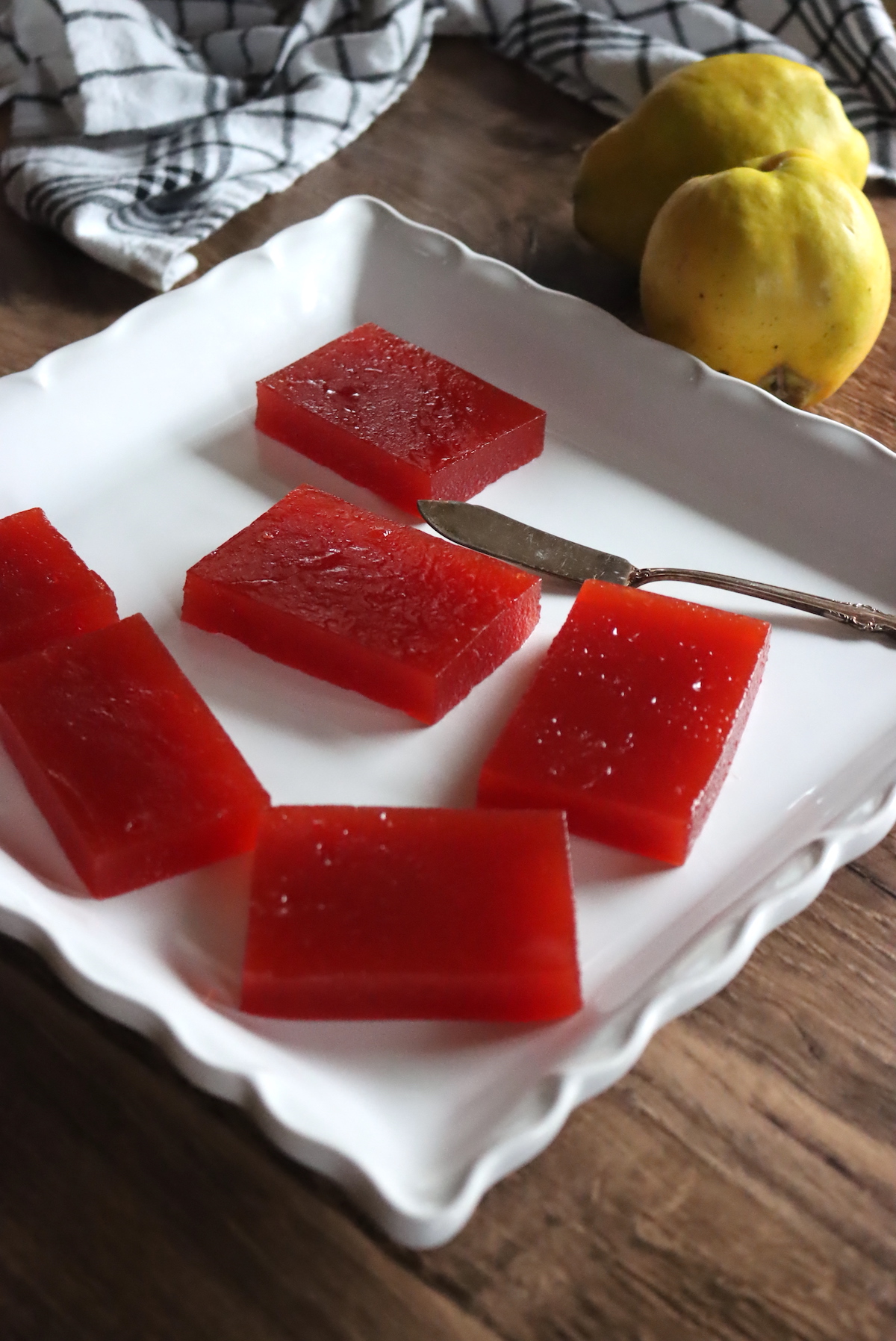
Winemaking Recipes
Making more than quince wine this season? These winemaking recipes feature other tasty autumn seasonal fruits:
You can also make hard apple cider or pear cider (perry), which are a bit different than wine but no less tasty!
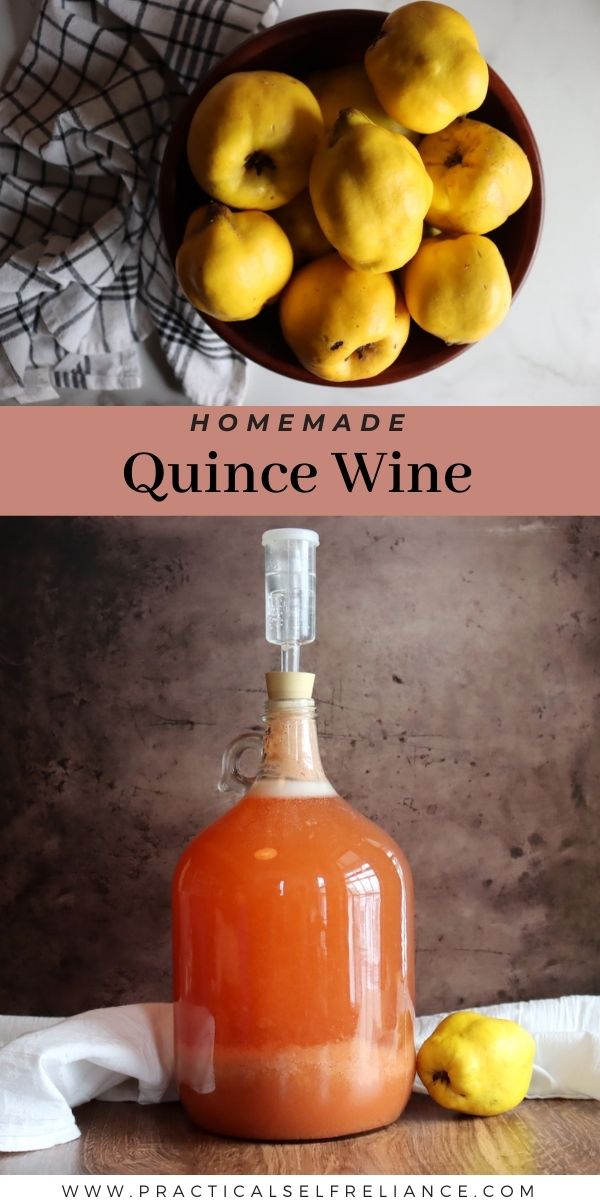


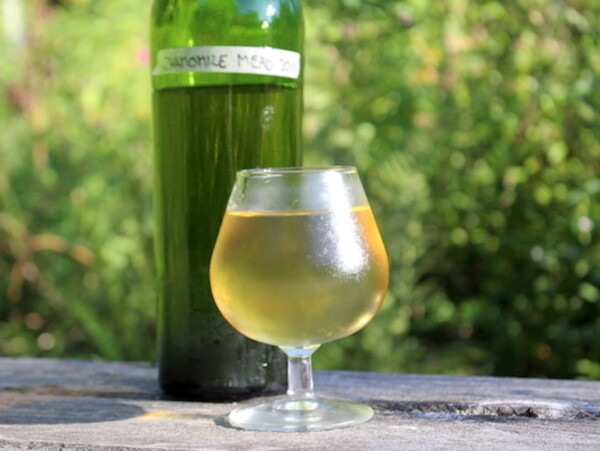
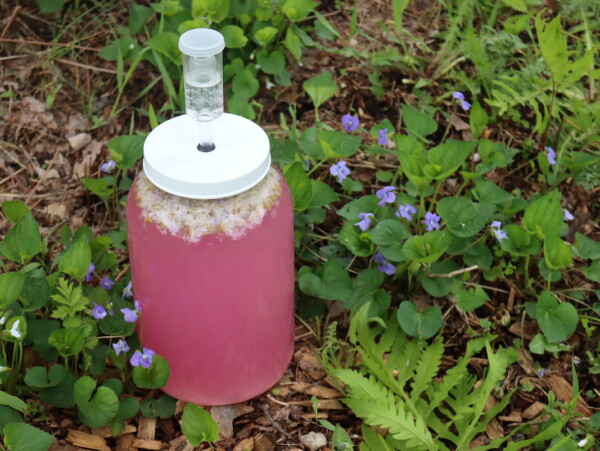
Hello, probably missing it, but how much wine yeast do you need please? For mead.
One packet of wine yeast is good for anywhere between 1 and 5 gallons, of either wine or mead. One packet, as sold in the US, is 5 grams.
Great work